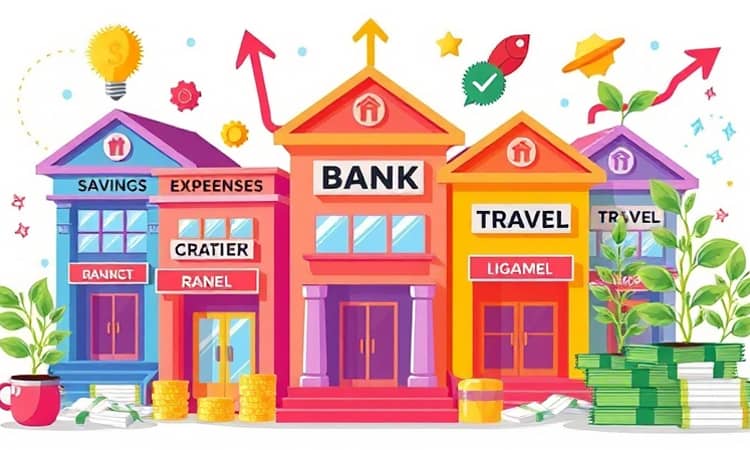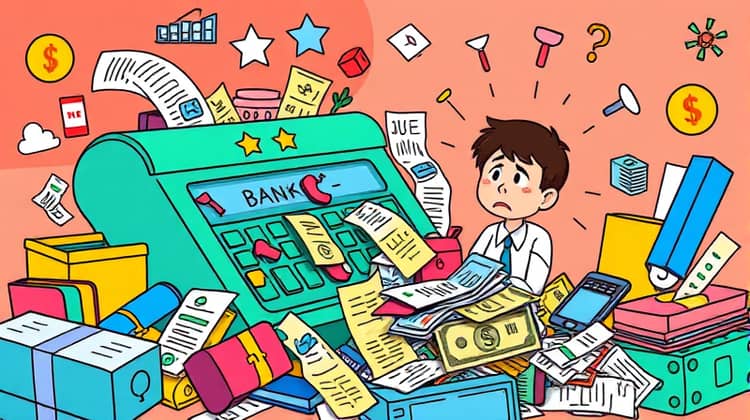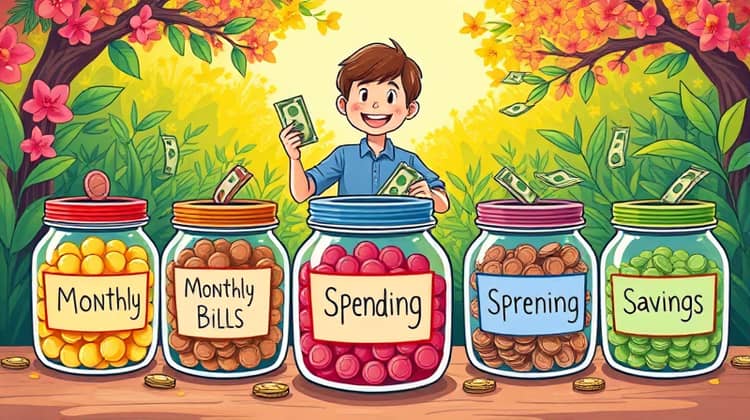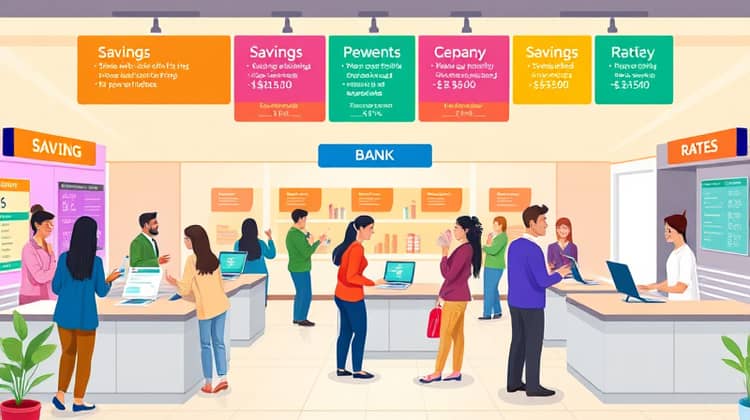Maximize Your Money: How Multiple Bank Accounts Can Benefit You

Managing money effectively is crucial for achieving financial stability and growth. One effective strategy that can be employed is the utilization of multiple bank accounts. This approach not only helps in organizing finances better but can also unlock various benefits that a traditional single account may not offer. In this blog post, we will explore how setting up multiple bank accounts can help maximize your money and improve your overall financial management.
As the financial landscape evolves, so too should our strategies for managing personal finances. The old adage of keeping everything in one bank account is becoming increasingly outdated. Let's dive deeper into the advantages of having multiple bank accounts and how this strategy can lead to a more secure financial future.
The Traditional One-Account Approach

For many years, consumers have relied on a single bank account to manage their everyday expenses and savings. This traditional approach has its conveniences, primarily due to simplicity—everything is in one place, and there’s no need to switch between accounts to manage individual budgets or financial goals.
However, this simplicity often comes at a cost. A single account can quickly become cluttered, making it difficult to track spending, allocate funds effectively, and maintain a clear picture of one’s financial health.
- Difficulty in budgeting and tracking expenses
- Inability to allocate funds for specific goals
- Higher risk of overspending due to lack of organization
Ultimately, while the one-account approach may seem straightforward, it can limit your financial potential and complicate your financial life more than necessary.
Why Multiple Bank Accounts?

Multiple bank accounts can provide a clear structure for managing personal finances more efficiently. By separating funds into distinct accounts for different purposes—such as bills, savings, and personal spending—you can simplify budgeting and tracking your financial health.
Using multiple accounts can also create a heightened awareness of your financial situation. Instead of having all your funds mingle together, distinct accounts allow for a better visualization of where your money is going and how much you have available for various spending categories.
1. Enhanced Budgeting

One of the primary benefits of having multiple bank accounts is enhanced budgeting. With varying accounts, you can clearly allocate funds for specific expenses or savings goals, helping you to stick to your budget more effectively.
For instance, you can have one account dedicated solely to your monthly bills, another for discretionary spending, and a savings account for your future investments or vacations.
- Dedicated accounts for fixed expenses like rent and utilities
- Separate account for savings and emergency funds
- Account for discretionary spending and entertainment
This segregation of funds creates a more organized approach to budgeting, leading to better financial discipline.
2. Emergency Fund Allocation

Setting aside money for unexpected expenses is crucial to maintaining financial stability, and multiple bank accounts can greatly aid this process. By creating a dedicated emergency fund account, you can ensure that you have a financial safety net when life throws you a curveball.
This separation is not just psychological—having funds designated for emergencies prevents you from using that money for non-essential expenses, which can derail your financial security in times of need.
- Separate emergency fund for unforeseen expenses
- Prevention of accidental spending from emergency funds
- Faster access to emergency capital when needed
With the peace of mind that comes from knowing you have an emergency fund readily accessible, you can navigate financial uncertainties with greater confidence.
3. Goal-Specific Savings

When it comes to saving for specific goals, multiple bank accounts can work wonders. You might be saving for a down payment on a house, a new car, or a dream vacation—each goal can have its own account, making it easier to track progress and maintain motivation.
This method allows for clearer visualization of how much money you have directed towards achieving your goals, thereby encouraging you to contribute consistently. It can also help you avoid using those funds for everyday expenses.
- Goals like vacation, home purchase, or education savings
- Visual tracking of savings progress
- Encouragement to remain disciplined in saving
Not only does this foster a sense of accomplishment as you see those accounts grow, but it also creates a structured way to achieve both short-term and long-term financial aspirations.
4. Increased Security

Having multiple bank accounts can enhance your financial security. By separating your funds across various accounts, you minimize the risk of losing everything in case of fraud, theft, or operational issues with a single bank.
This strategy can act as a safeguard, particularly if you diversify your accounts across different banks or institutions.
- Dividing funds reduces risk exposure
- Increases financial stability against bank errors or fraud
- Options to switch banks easily if issues arise
The peace of mind that comes with knowing your funds are spread out can alleviate financial stress in uncertain times.
5. Optimized Benefits and Interest Rates

With multiple accounts, you have the opportunity to shop around for the best interest rates and account benefits. Different banks may offer varying perks, such as higher savings rates, cash bonuses for opening accounts, or lower fees, allowing you to optimize your savings.
By maximizing the benefits associated with each account, you can make your money work harder for you, potentially increasing your overall returns on savings over time.
- Open a high-interest savings account to benefit from interest earnings.
- Create checking and savings accounts at different banks to take advantage of promotional offers.
- Evaluate account benefits regularly and switch as needed based on market offerings.
This proactive approach to managing your financial resources ensures that you are not leaving money on the table and can capitalize on the best financial products available.
How to Set Up Multiple Bank Accounts

If the strategy of using multiple bank accounts resonates with you, setting them up is relatively straightforward. First, determine your financial goals and the type of accounts that align with those objectives, whether they be for budgeting, emergency funds, or specific savings.
Next, visit various banks and credit unions to explore their offerings, and consider both online and traditional institutions for the best available rates.
Potential Drawbacks

While utilizing multiple bank accounts can provide many benefits, it is essential to be aware of some potential drawbacks. For one, managing multiple accounts requires more diligence and organization. You will need to actively monitor each one to keep track of your finances effectively.
Additionally, there may be fees associated with maintaining multiple accounts, which could offset the benefits if not managed correctly.
Lastly, the risk of getting overwhelmed by managing too many accounts can lead to disengagement from budgeting and financial tracking, defeating the purpose of this approach.
Final Thoughts

In conclusion, the use of multiple bank accounts is a powerful tactic that can enhance budgeting, improve savings strategies, and increase financial security. While there are some potential drawbacks to consider, the benefits often outweigh the challenges when approached with mindfulness and organization.
By taking the steps to manage your money effectively through multiple accounts, you're setting yourself up for greater financial clarity and success.






